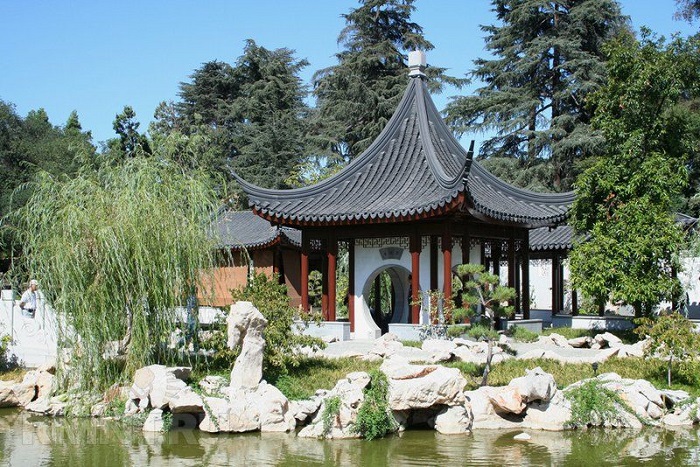Feng Shui is a unique thousand-year-old teaching that came from Ancient China. It is based primarily on the notion that the environment has an impact on well-being, energy and success in life.
Feng Shui helps to create a harmonious and energetically favorable space to ensure harmony and well-being in life. Close attention should be paid to the study of the issue of Feng shui architecture.
Basic principles
The basics of feng shui can be successfully integrated into the style of building architecture. When architecture follows the principles of feng shui, it not only provides aesthetic satisfaction, but also creates energetic harmony, which has a positive effect on residents and visitors to the building.
To better understand, it is recommended to highlight the following principles, which should not only be known, but must be taken into account in the architectural style:
- One of the main aspects of feng shui in architecture is the design of the entrance. The correct location and design of the entrance to the building contribute to the free flow of positive vital energy – chi. It must be open and inviting in order to attract prosperity and good luck.
- The layout of the premises is also important in feng shui architecture. Dividing a space into functional and energetically harmonious zones can contribute to a more efficient use of space, improve the flow of energy and provide a comfortable environment for its inhabitants.
- Selection of the most appropriate colors and materials used. Color is an important aspect in feng shui, a thousand year old Chinese system of space harmonization. It has an energetic influence and is able to influence the emotions and mood of people. In architecture, where creating harmony and coziness are priorities, choosing the right color palette plays a key role.
- Lighting is also an important element in feng shui architecture. Proper use of light can create an energetically pleasing atmosphere and highlight certain parts of a building. Highlighting key elements, such as entrances or special architectural details, can enhance their energetic power.
- Special decorations and symbols also play an important role in Feng Shui, as well as decorative types of vegetation.
Brief conclusions
It is important to remember that the art of “Feng Shui” is, first of all, a great power that can change the life of any person interested in it directly for the better. It is recommended to join this intensive course in order to discover all the benefits and possibilities of feng shui, as well as to create a harmonious and prosperous space for harmony and success in life.













Leave a Reply